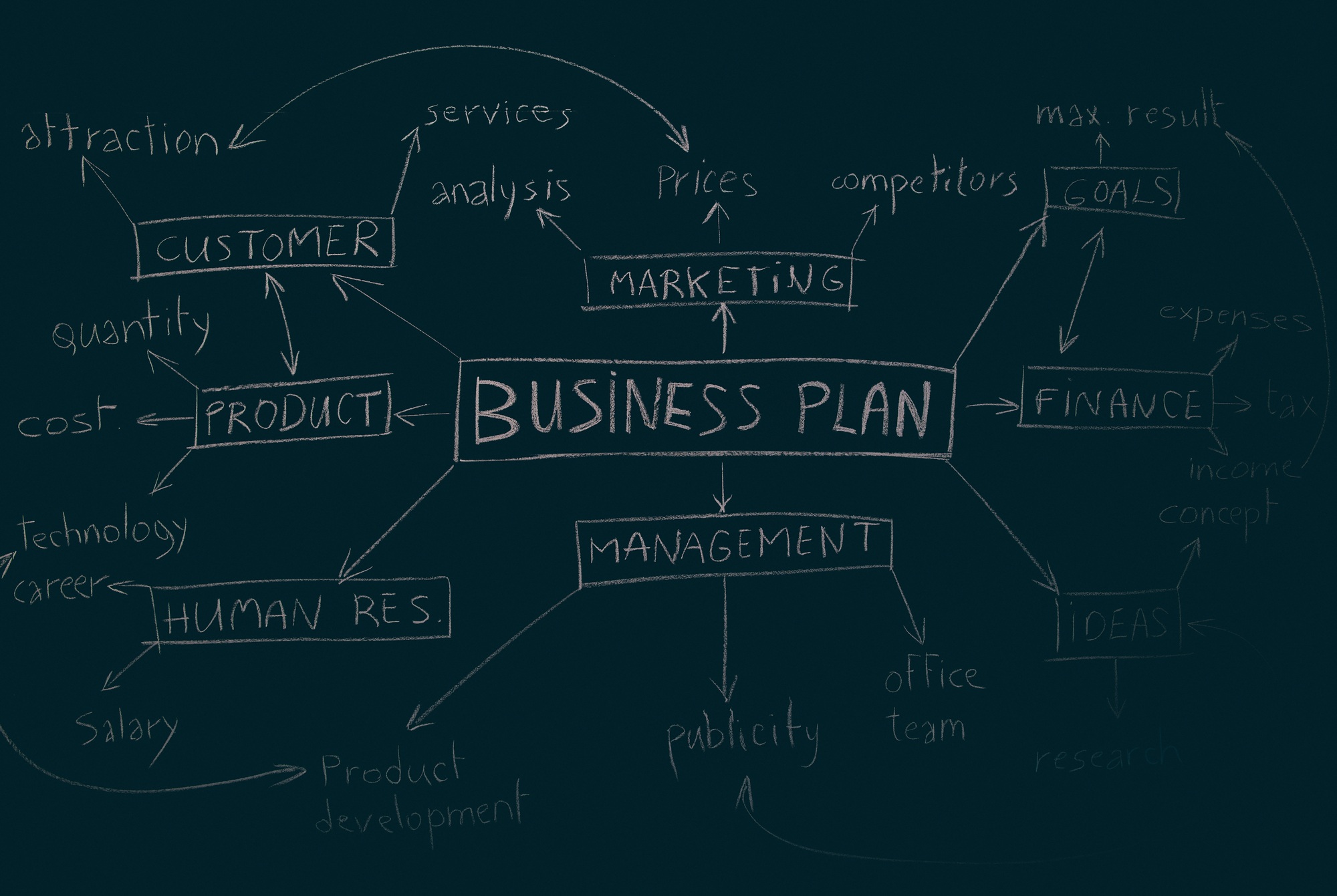Key Takeaways

- Redbubble Overview: Redbubble is a print-on-demand platform where artists can monetize their unique designs through various products without upfront costs, making it ideal for small businesses.
- Effective Account Setup: Create a well-optimized Redbubble account by using an engaging bio, high-quality images, and linking social media to enhance visibility and attract potential customers.
- Design Strategy: Stand out by creating unique designs and staying on top of trends. Utilize design tools like Adobe Illustrator and Canva to produce high-quality artwork that resonates with your target audience.
- Marketing Techniques: Boost sales by leveraging social media to showcase your products and engaging with online communities where your target customers are active.
- Pricing Insights: Strategically set product prices by analyzing market trends and competitor pricing to maximize profits while remaining attractive to buyers.
- Data Analysis: Regularly track your sales data with Google Analytics to make informed decisions that improve performance, optimize your listings, and align your strategies with customer preferences.
If you’re looking to turn your creativity into cash, Redbubble is a fantastic platform to explore. This print-on-demand service allows you to design unique products like stickers, apparel, and home decor without the hassle of inventory or shipping. With millions of users worldwide, it’s a vibrant marketplace where your art can shine.
But how do you actually make money on Redbubble? It’s not just about uploading designs; it’s about understanding the market, optimizing your listings, and effectively promoting your work. In this guide, you’ll discover essential strategies to boost your sales and maximize your earnings. Whether you’re an experienced artist or just starting out, you’ll find valuable tips to help you succeed in this creative venture.
Understanding Redbubble

Redbubble serves as a marketplace for creative individuals to monetize their designs through a print-on-demand model. You can sell various products like stickers, apparel, and home decor without upfront costs, making it ideal for small business ventures.
What Is Redbubble?
Redbubble is an online platform that connects artists with customers seeking unique, customizable products. Artists upload their designs, which are then printed on a range of items. Your role as an artist entails creating eye-catching designs that resonate with your target market.
How Redbubble Works
Redbubble operates on a straightforward model. You create an account, upload your artwork, and select products to feature it on. Redbubble takes care of production, shipping, and customer service when a sale occurs. You earn a commission based on the markup you set on each item. The potential for passive income exists as your designs can sell around the clock, which helps bolster your small business finances.
Setting Up Your Redbubble Account

Setting up your Redbubble account is crucial for your small business. A well-optimized account provides a strong foundation for selling your designs and making money.
Registration Process
- Create an Artist Account: Sign up for a free Redbubble account to start your small business journey.
- Confirm Your Email: Confirm your email address by clicking the link sent to you. If you don’t see the email, check your spam folder or resend it.
- Add Your Name and Address: Fill out your name and address details. Accurate information ensures efficient payment processing.
- Set Up Payment Details: Complete your payment details in account settings. Choose PayPal or bank transfer for payouts. Ensure you select the correct currency, as it can’t change later.
Profile Optimization
- Craft an Engaging Bio: Write a concise bio that reflects your brand and personality. Include keywords related to your small business to attract your target audience.
- Upload High-Quality Profile and Cover Images: Use eye-catching images that represent your style. Quality visuals enhance your profile’s professional appearance.
- Link Your Social Media: Connect your social media accounts to increase visibility. Sharing your Redbubble shop across platforms can drive traffic and boost sales.
- Showcase Your Best Work: Pin top-selling designs on your profile. Highlighting popular items can attract potential buyers looking for unique products.
Creating Unique Designs

Creating unique designs is essential for standing out on Redbubble. A distinctive approach not only attracts customers but also enhances your small business’s visibility in a competitive market.
Researching Trends
Researching trends helps you identify what resonates with buyers. Staying current with popular topics increases the likelihood of your designs appealing to a broader audience. Utilize tools like Google Trends or social media platforms to monitor emerging themes. For example, if retro aesthetics gain popularity, consider developing designs that incorporate elements like 80s cassette tapes. Aligning your work with trending topics can enhance your sales potential, driving more revenue for your small business.
Tools for Design Creation
Using the right design creation tools enhances your ability to produce quality artwork. Programs like Adobe Illustrator and Canva provide versatile options for creating eye-catching designs. These tools come equipped with features like templates, graphics, and fonts, allowing you to craft intricate visuals efficiently. For example, a parody movie poster featuring well-known characters can stand out among competitors, showcasing your creativity. Investing time in mastering these tools strengthens your design process, ultimately increasing your chances of financial success on Redbubble.
Marketing Your Products

Effective marketing strategies enhance your chances of making money on Redbubble, especially in the competitive small business landscape. Focus on utilizing social media and engaging with communities to boost your visibility and sales.
Utilizing Social Media
Leverage social media platforms like Instagram, Facebook, and Pinterest to showcase your Redbubble products. Post visually appealing images of your designs on various items, such as t-shirts, stickers, and mugs. Use popular hashtags related to your niche to expand your reach and attract potential customers. Create engaging content, such as behind-the-scenes looks at your design process or customer testimonials, to foster connections and encourage shares. Regularly interact with your followers and respond to their comments and inquiries to build a loyal customer base that supports your small business.
https://www.youtube.com/watch?v=0lr61BObhCs
Engaging with Communities
Connect with online communities that align with your niche and target audience. Participate in forums, Facebook groups, and Reddit threads where potential customers gather. Share your expertise, contribute valuable insights, and showcase your work in relevant discussions. Consider collaborations with fellow artists or influencers to tap into their audience. Engaging authentically with these communities not only positions you as a knowledgeable figure but also promotes your Redbubble store organically. Building relationships can lead to increased traffic and ultimately support your financial goals.
Pricing Strategies

Setting the right prices on Redbubble plays a vital role in your small business. Employing effective pricing strategies enhances profitability and attracts customers.
Setting Competitive Prices
You can adjust your markup percentage on Redbubble products. The default markup is 20%, but it’s essential to analyze your market. For lower-cost items like stickers and magnets, increasing your markup up to 100% maximizes profits without discouraging sales. Conversely, for higher-priced items such as t-shirts and bags, setting a lower markup between 10-15% can enhance competitiveness, boosting sales. Compare similar products to ensure your price aligns with buyer expectations while maintaining a solid profit margin.
Understanding Royalties
You receive royalties based on the markup you set. After Redbubble deducts production and service fees from the sale price, your markup directly influences your earnings. Understanding this structure helps you optimize profits for your small business. For example, if an item sells for $20 and you set a 20% markup, your royalty is $4. Regularly reviewing your pricing strategy allows you to adjust your markup according to sales performance, helping you manage your finance effectively while maximizing your income potential.
Analyzing Your Sales Data

Analyzing your sales data serves as a foundation for making informed business decisions on Redbubble. Understanding user behavior and sales trends helps maximize your earnings.
Tracking Your Performance
To track your performance effectively, integrate Google Analytics with your Redbubble shop.
- Set Up Google Analytics: Link your shop to Google Analytics. Doing this gathers essential data on user behavior, traffic sources, and sales patterns.
- Access Key Reports: Focus on the “Pages” report, which reveals data on specific product types. Identifying traffic patterns, page views, and successful checkout pages provides valuable insights into your top-performing designs.
- Monitor Key Metrics: Track key performance indicators such as conversion rates, average order value, and visitor engagement. Regular assessments enable you to measure the effectiveness of your marketing efforts and understand customer preferences.
Making Informed Decisions
Making informed decisions relies on your ability to analyze and interpret data accurately.
- Wait for Sufficient Data: Give enough time for data to accumulate before drawing conclusions. This approach ensures a more accurate analysis of trends.
- Identify Optimization Opportunities: Analyze the data to spot underperforming designs or products. Use these insights to tweak your listings, improve product descriptions, or adjust your pricing strategies.
- Set Goals Based on Insights: Establish financial goals based on the insights you’ve derived from tracking performance. These goals can direct your marketing strategies and inform your product line decisions.
Using these strategies, you can enhance your small business’s financial potential on Redbubble by making data-driven decisions that boost sales and optimize your products.
Conclusion

Making money on Redbubble is an exciting journey that combines creativity with strategic planning. By understanding the market and optimizing your listings you can significantly enhance your chances of success. Focus on creating unique designs that resonate with your target audience and utilize effective marketing strategies to expand your reach.
Don’t forget to regularly analyze your sales data to refine your approach. This data-driven mindset will help you make informed decisions and maximize your earnings. With dedication and the right strategies in place you can turn your artistic passion into a profitable venture on Redbubble. Start today and watch your creative efforts flourish.
Frequently Asked Questions

What is Redbubble?
Redbubble is an online marketplace where artists can sell their designs on a variety of print-on-demand products like stickers, apparel, and home decor. It connects creatives with customers looking for unique items and allows artists to monetize their creativity without upfront costs.
How does the process of selling on Redbubble work?
To sell on Redbubble, you need to create an account, upload your artwork, and choose the products you’d like to feature your designs on. Redbubble manages production, shipping, and customer service, allowing artists to earn a commission on each sale.
What do I need to start selling on Redbubble?
You’ll need to create an artist account on Redbubble, confirm your email, provide the necessary personal information for payments, and set your payment details. An engaging profile with quality images and a good bio can also help attract buyers.
How can I optimize my listings on Redbubble?
To optimize your listings, focus on using relevant keywords in your titles and descriptions, and offer visually appealing product images. Additionally, regularly update your designs based on market trends and customer feedback for better visibility.
What marketing strategies work best for Redbubble sellers?
Utilizing social media platforms like Instagram, Facebook, and Pinterest is key for promoting your Redbubble store. Share striking images of your products, use popular hashtags, and engage with your audience through content like customer testimonials and behind-the-scenes looks.
How can I determine competitive pricing for my products?
Artists can set their markup percentage on Redbubble, which directly affects their earnings. For lower-cost items, consider a higher markup for more profit, while using a lower markup for higher-priced items can help drive sales.
Why is analyzing sales data important on Redbubble?
Analyzing sales data helps artists make informed business decisions, identify top-performing designs, and optimize their marketing strategies. Integrating tools like Google Analytics can provide key insights into user behavior and sales trends.
How do I improve my chances of success on Redbubble?
Success on Redbubble requires a combination of creating unique designs, optimizing your listings, effective marketing, and continuously analyzing performance metrics. Stay updated with market trends and actively engage in relevant online communities for better visibility.
Image Via Envato: DC_Studio, coolhand1180, Pressmaster, jacoblund, Gajus-Images, micens, FlamingoImages, Anna_Om, bernardbodo



